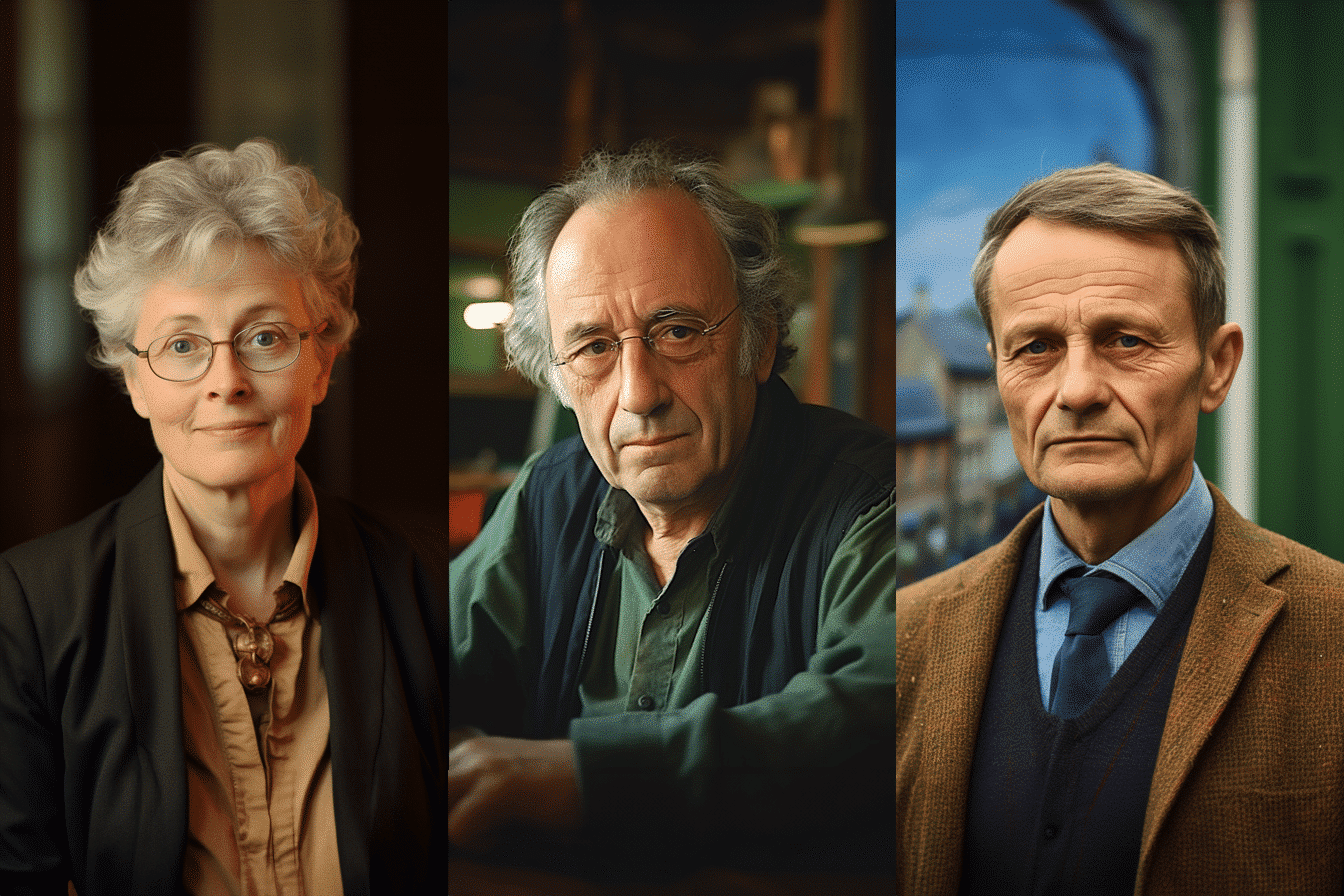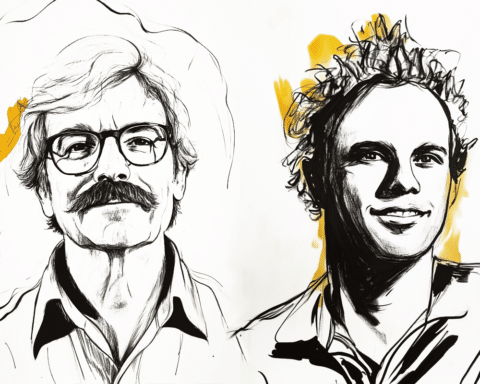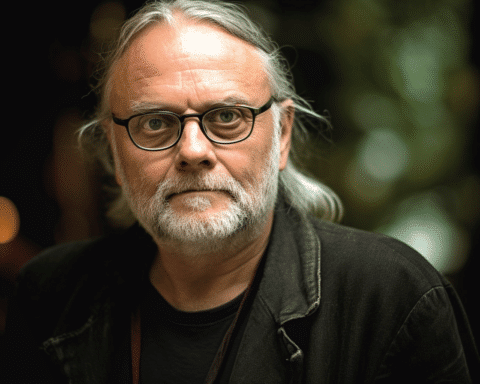Three distinguished scientists were honoured with the Nobel Prize in physics for their pioneering view into the rapid spin of electrons. This breakthrough may pave the way for enhanced electronics and improved medical diagnostics.
The accolade was presented to French-Swedish physicist Anne L’Huillier, French expert Pierre Agostini, and Hungarian-native Ferenc Krausz for exploring the minute atomic component that orbits an atom’s nucleus. This component underpins the core of countless phenomena, including chemistry, physics, and the functioning of human bodies and devices.
Historically, the swiftness of electron movement rendered them elusive to human research efforts. Yet, recent advances allow for a fleeting and somewhat indistinct view, which experts believe could lead to groundbreaking scientific developments.
“Electrons are immensely rapid, and they play a vital role in almost everything,” remarked Nobel Committee’s Mats Larsson. “Gaining insight and control over electrons is a significant advancement.”
Anne L’Huillier of Lund University, Sweden, marked her distinction as the fifth female Nobel laureate in physics.
L’Huillier encouraged women in the field, stating, “If you have even a hint of passion for such challenges, dive in.”
Why This Nobel-Winning Discovery is Important:
Working independently, these scientists employed rapidly pulsed lasers to observe atomic activities occurring at almost inconceivable speeds — an attosecond. To put this into perspective, Nobel Committee’s Eva Olsson compared one second to a heartbeat, suggesting imagining that a heartbeat fractioned a thousandfold six times over to grasp the minuscule nature of an attosecond.
Yet, the observed image of an electron remains somewhat vague, akin to detecting an electron’s ambiguous position within a molecule.
Electrons play a central role in binding atoms and facilitating chemical reactions. “Electrons, though invisible, are everywhere in our lives – biologically and technologically,” noted Krausz.
Although this research currently aids in understanding the cosmos, it holds potential for real-world applications, from electronics to disease diagnosis. L’Huillier emphasized pursuing fundamental science, even when its immediate implications aren’t apparent.
How Did the Trio Respond to the News?
When L’Huillier learned of her win, she was teaching. She briefly paused to attend the announcement press conference and later expressed her delight, especially as a female recipient in a field with few women awardees.
The Nobel organization’s post humorously pointed out L’Huillier’s dedication, noting she was undeterred from her teaching duties even by such an honour.
Agostini found humour in not being immediately reached by the Nobel Committee, while Krausz described his disbelief upon receiving the unexpected call.
In a previous year, L’Huillier and Krausz had received the esteemed Wolf Prize in physics alongside Paul Corkum of the University of Ottawa. Krausz expressed regret that the Nobel recognition couldn’t encompass all contributors, particularly highlighting Corkum’s essential role.
The prestigious Nobel Prizes, founded by Swedish inventor Alfred Nobel, offer a generous cash award. This physics recognition followed another significant award where two scientists were honoured for pioneering mRNA vaccines against COVID-19.
The recognition of these physicists highlights the boundless potential of human ingenuity and underscores the importance of persistent inquiry into the fundamentals of our universe. As the world acknowledges and celebrates their achievements today, it is a testament to the far-reaching impact of scientific dedication. In their pursuit, they’ve lit the path for the next generation of researchers, who, inspired by such accomplishments, will continue to unravel the mysteries of the cosmos.



